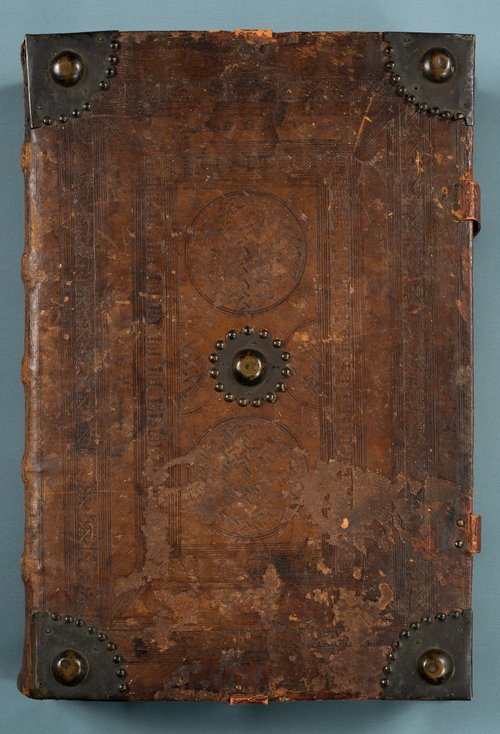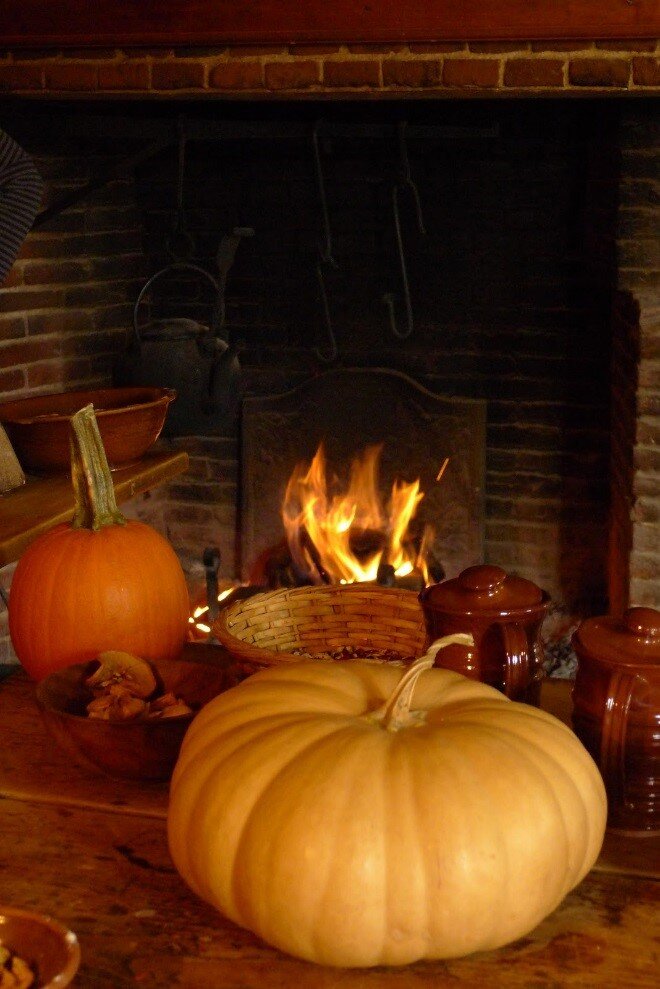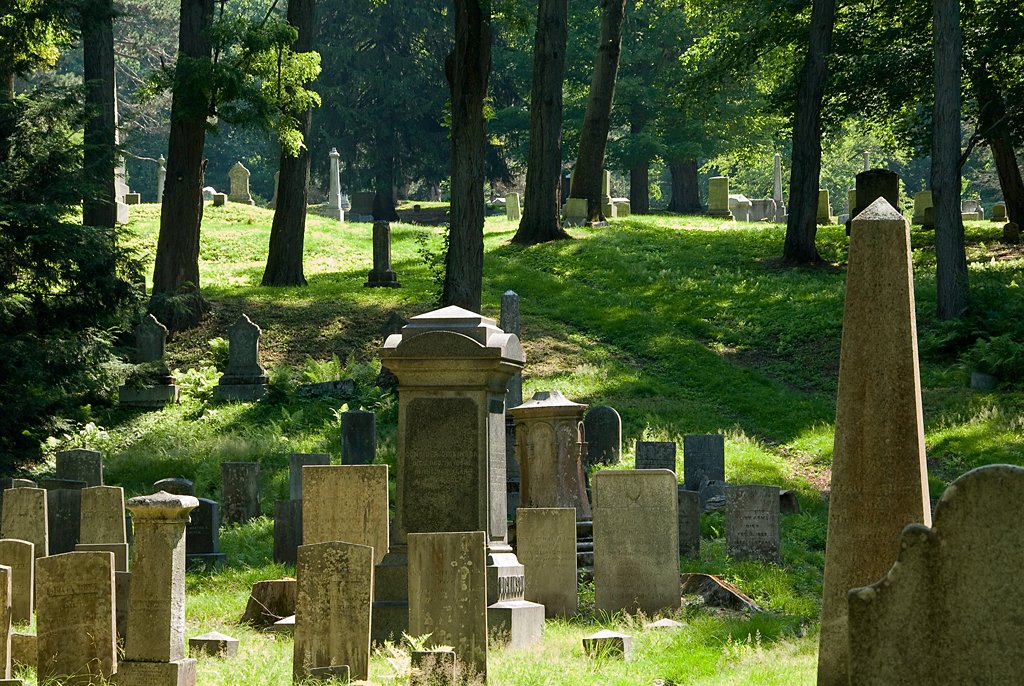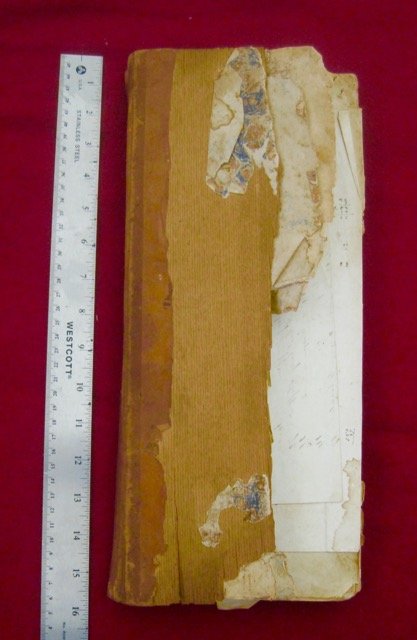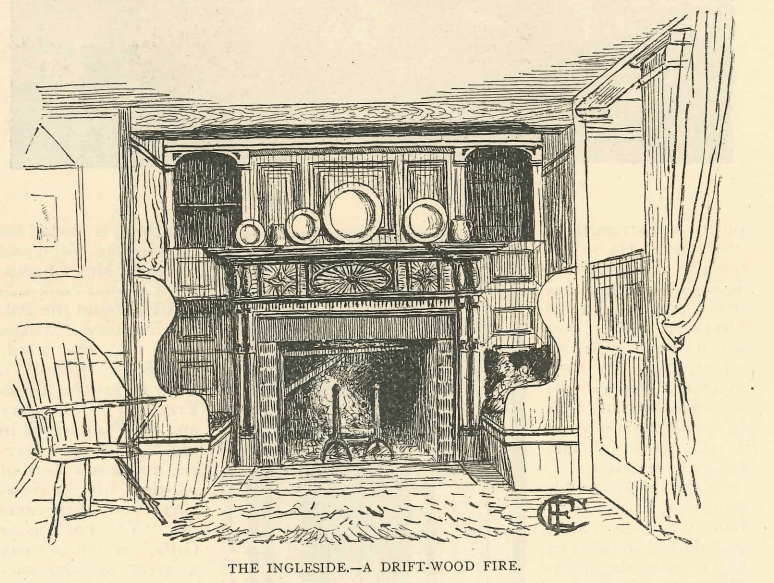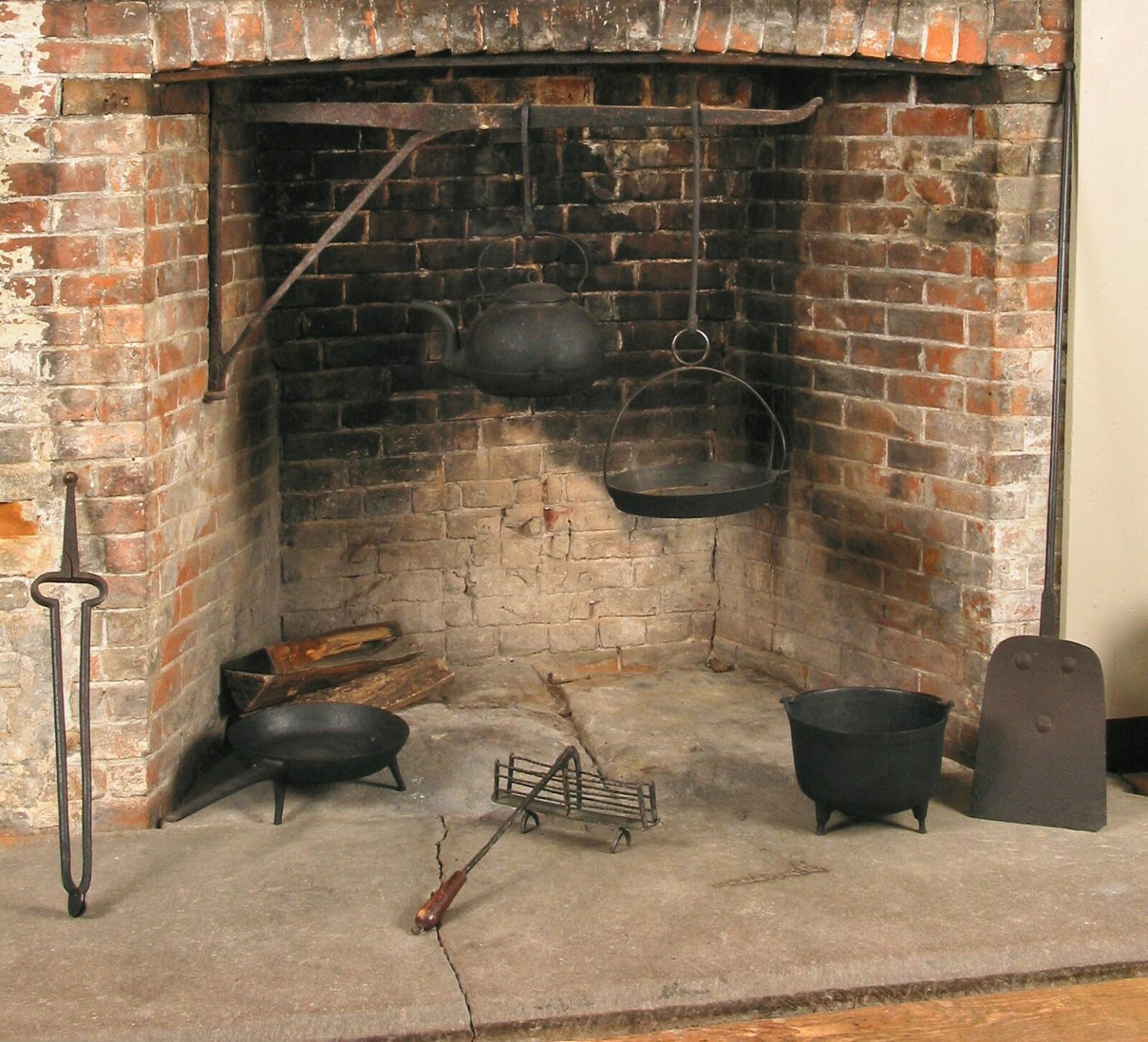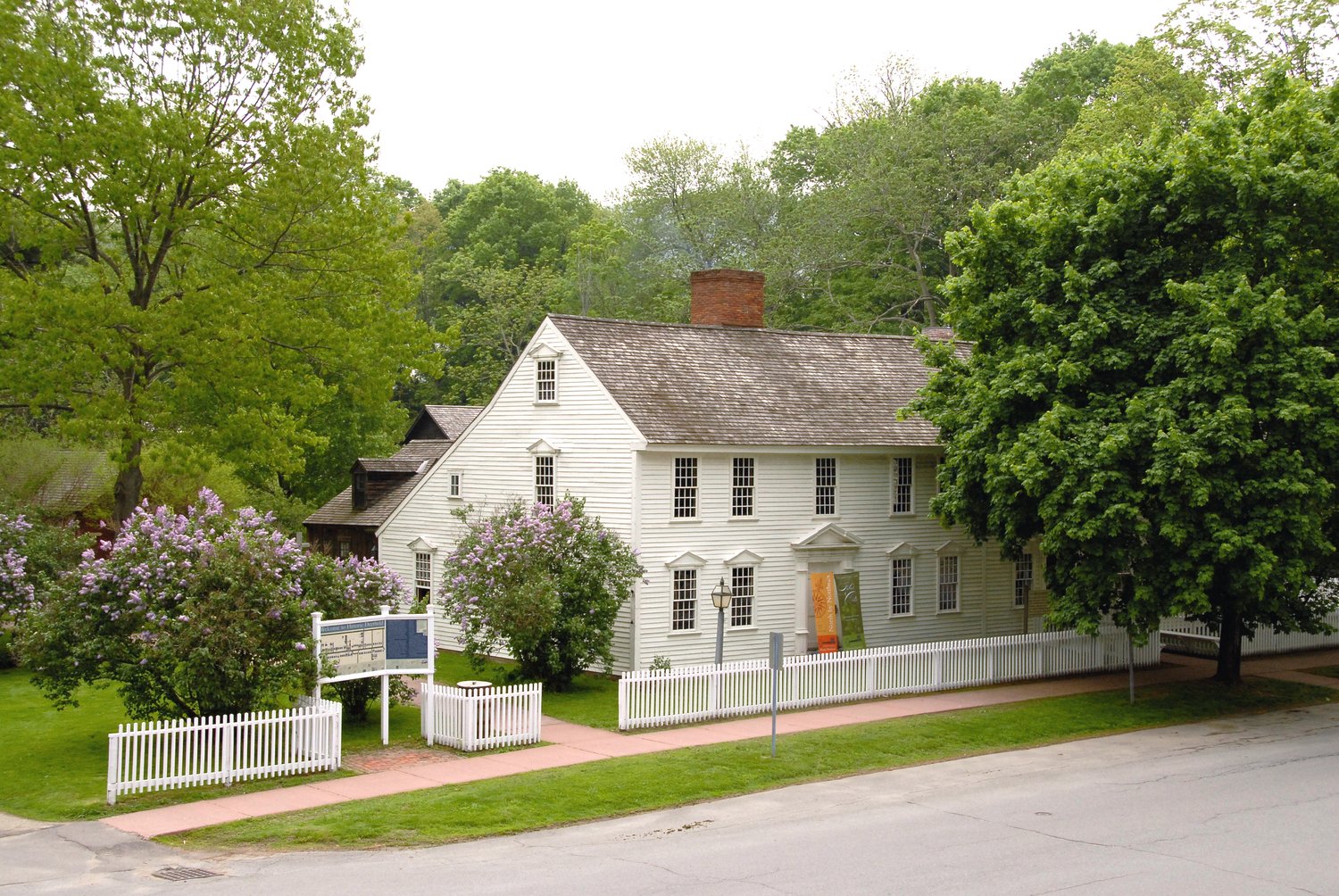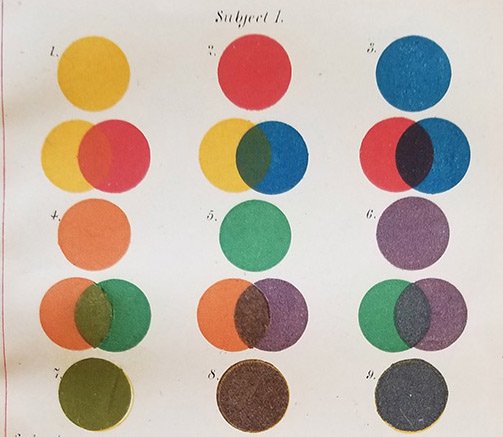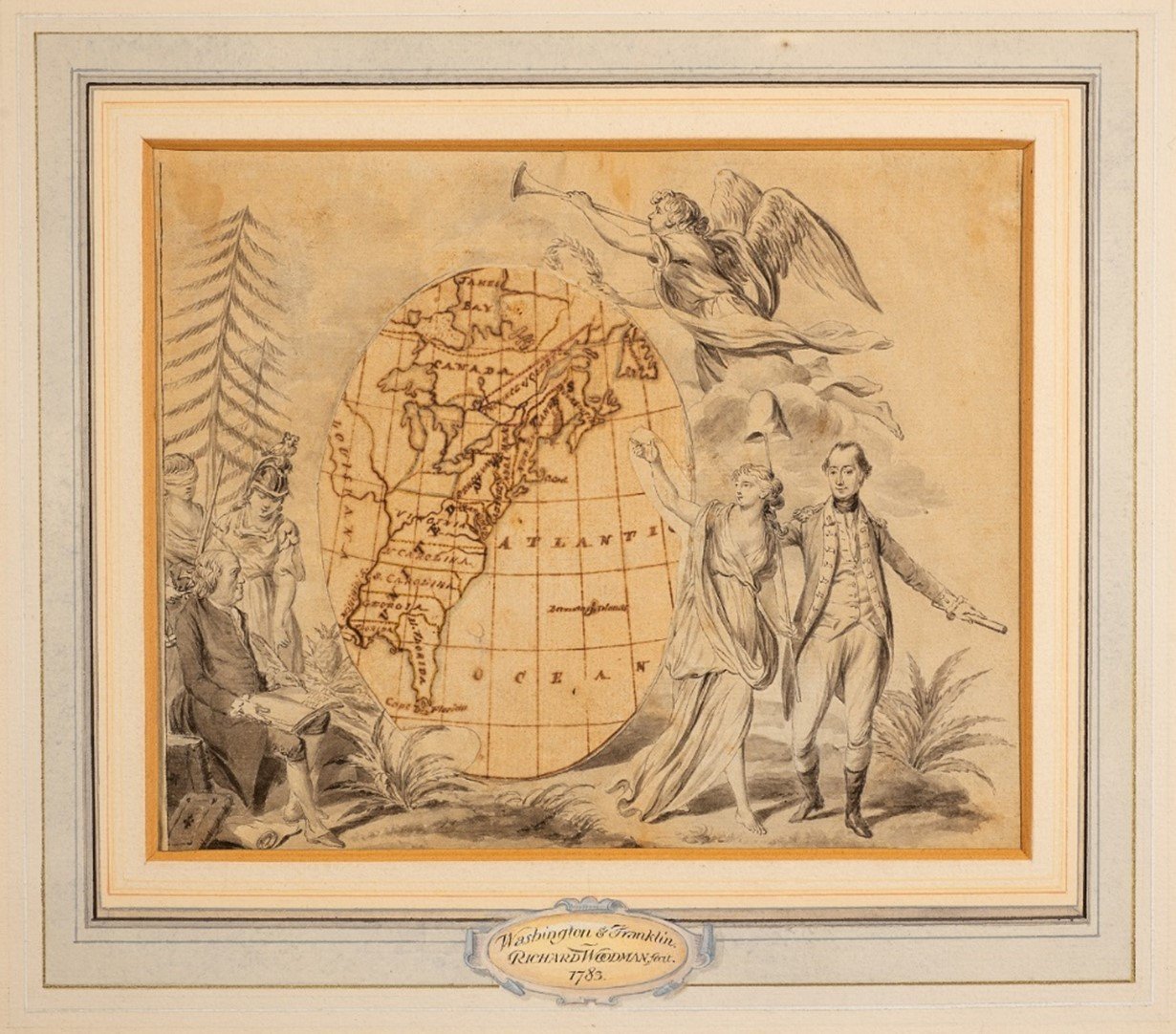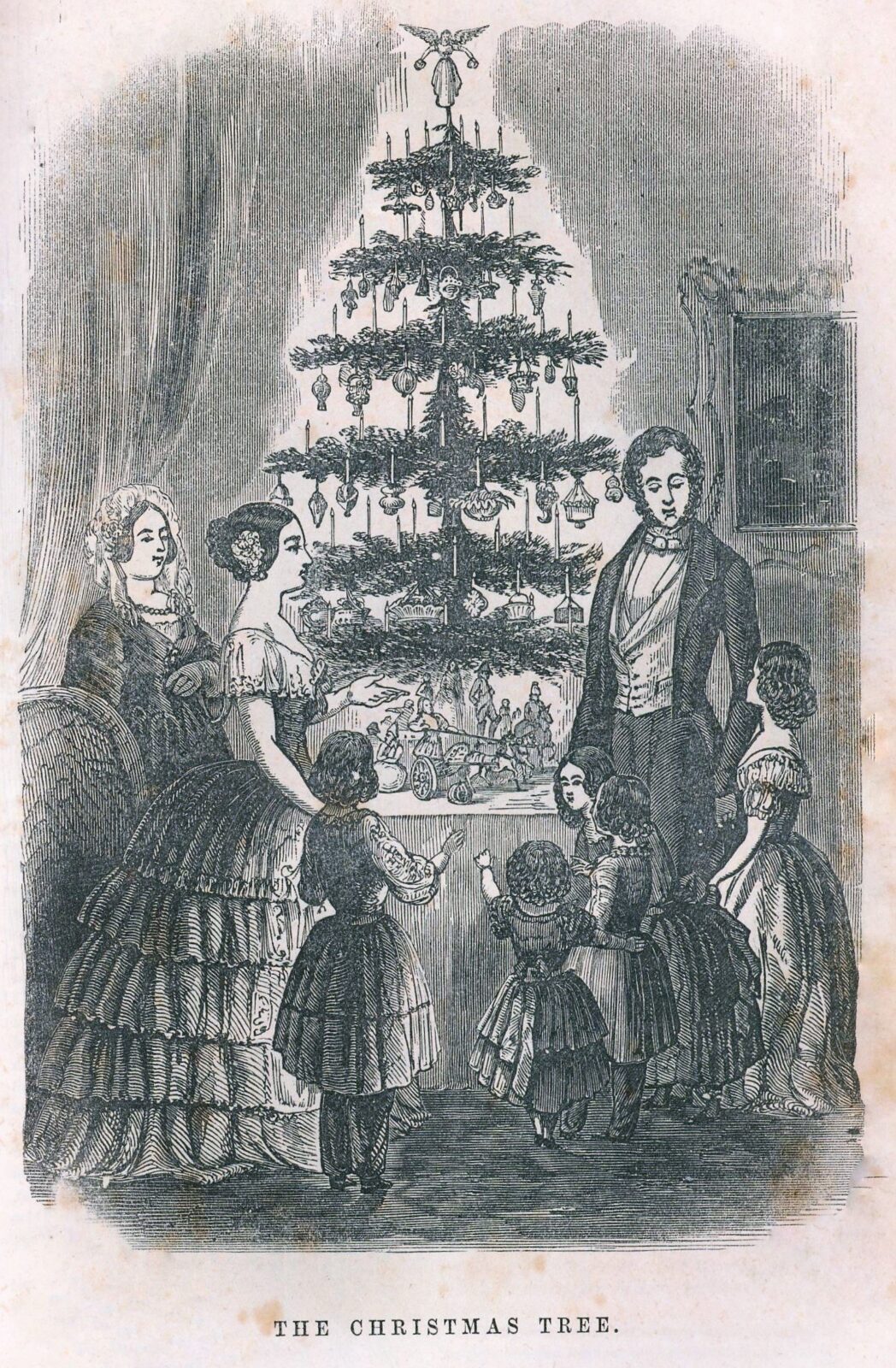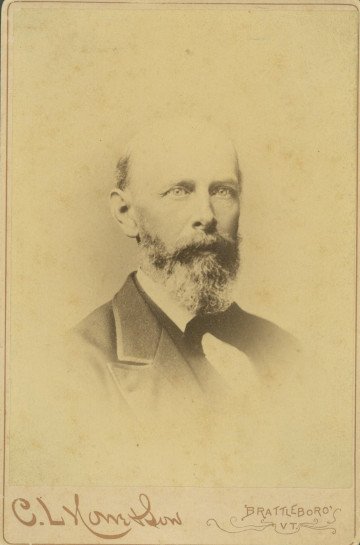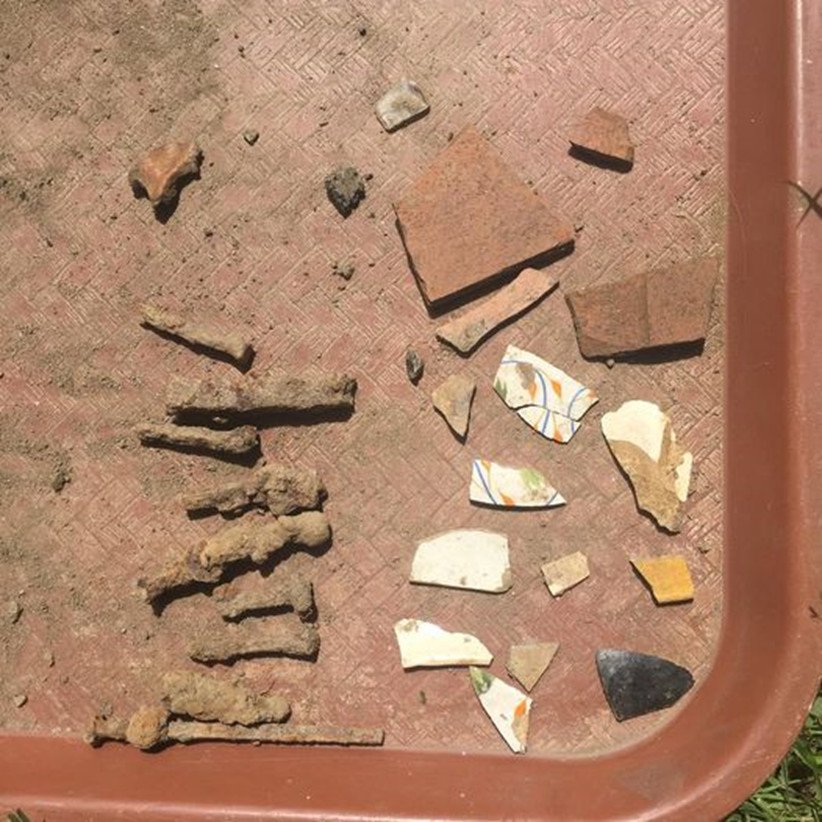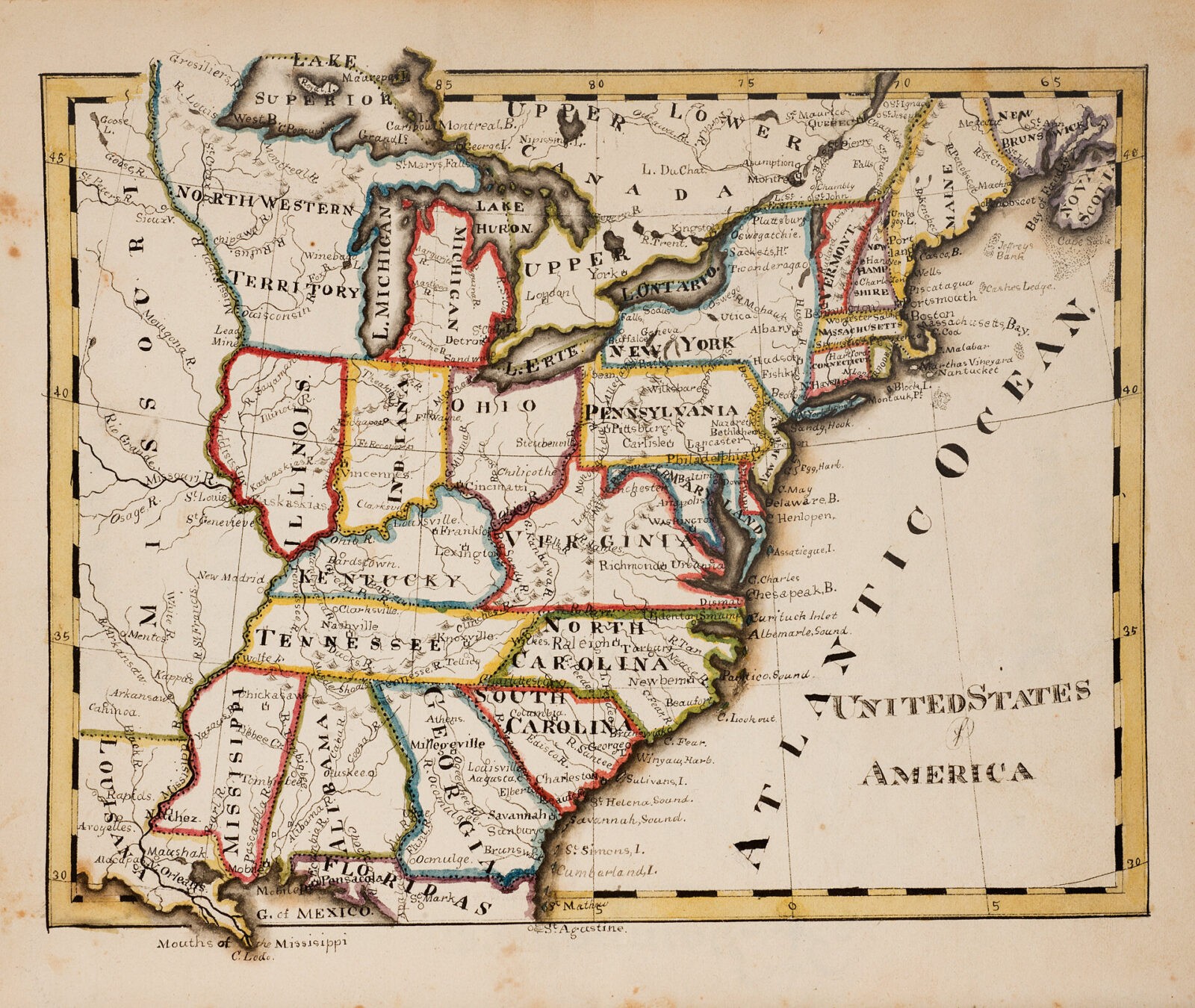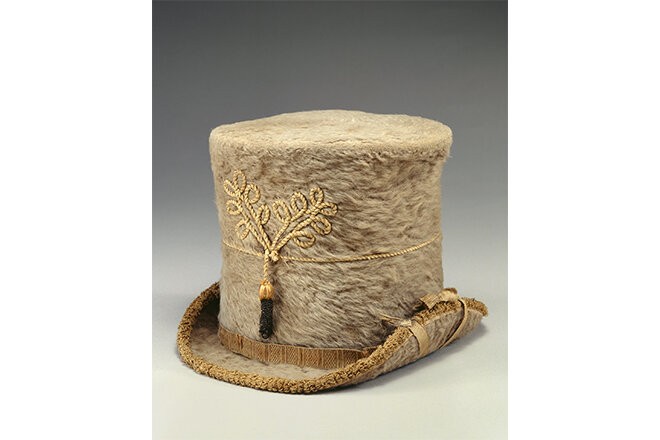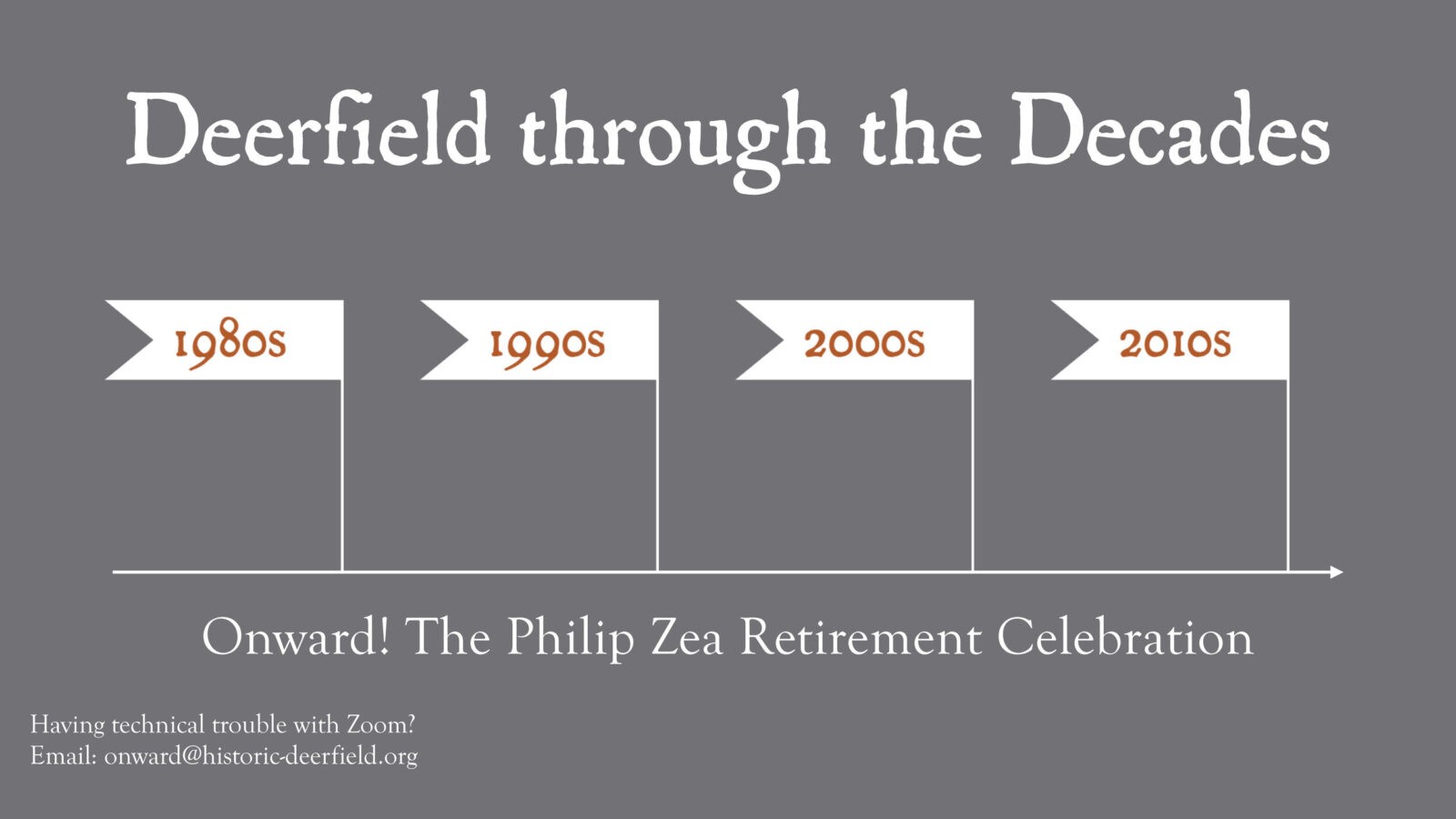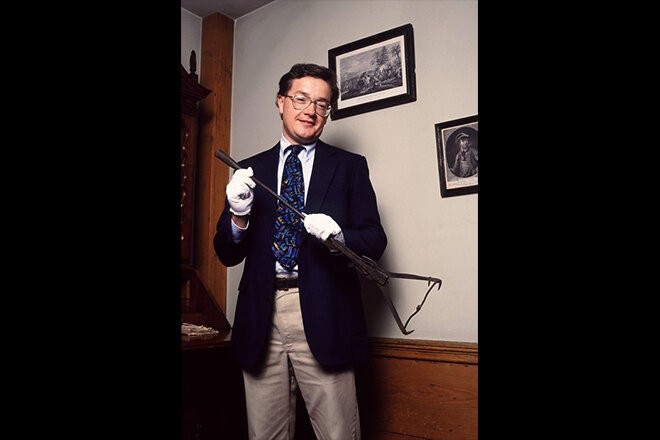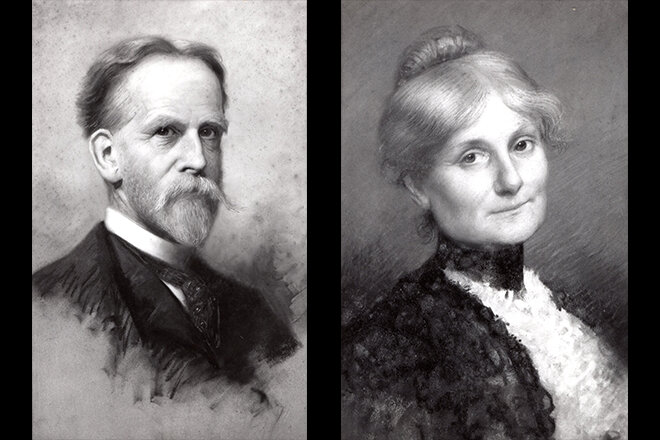The generosity of an anonymous donor has brought the extraordinary gift to the Henry N. Flynt Library of a large and varied group of important rare books. Among them is one of the masterpieces of early European printing: the Liber Chronicarum, or the Nuremberg Chronicle, published in Nuremberg, Germany, in 1493, less than 50 years after the printing of the landmark Gutenberg Bible.
The Village Broadside
The Blog of Historic Deerfield
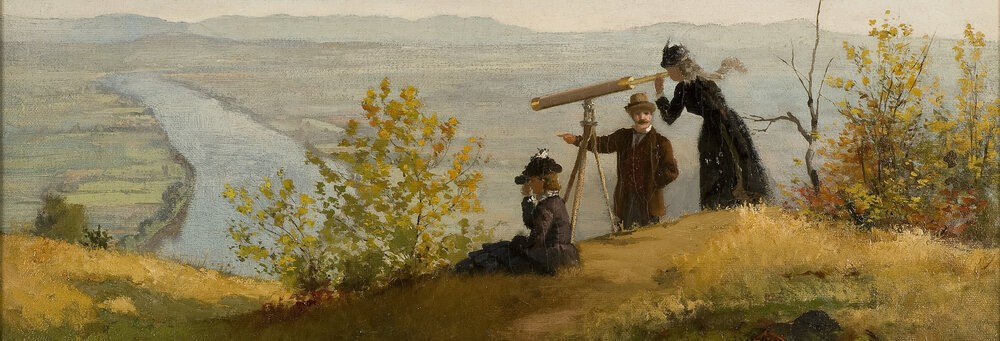
It’s Fall! It’s Time for Cooking with Pumpkin
This is not a blog about pumpkin spice. While today we decorate our yards and front steps with pumpkins and gourds and drink coffee flavored with pumpkin pie spices, long ago the pumpkin and its relatives — winter squashes — were a staple and necessary food item that were stored and eaten over the long and cold New England winters.
Digging in the Dirt: Arad Munn’s Second Job
The death of a loved one can be sudden and shocking, or the inevitable result of a long decline. Either way, those that remain find themselves tasked with the immediate details of death, such as preparing the body for burial, procuring a coffin, arranging a viewing and/or funeral, finding a burial site, and digging a grave.
An Unusual Scaleboard Account Book
Over the past decade, scaleboard bindings have attracted the interest of the book history community. Named because the book covers were made of thin pieces of wood that had been shaved, planed or scaled down to just several millimeters in thickness, this binding style was popular almost exclusively in New England from the early 18th through the early 19th centuries.
On the Mend
In the spring of 2020, I was one of the many people who sought to learn a new skill as a way to pass the long hours at home. My pandemic hobby was darning. When I went online in search of tutorials and videos that would teach me to repair the worn out heels of my old wool socks, I discovered to my surprise that darning was actually in!
Hold on for the Drop: Creelman House, Champney Legacy
Have you experienced the gut-punch when learning something surprising about a good friend? This is sometimes how it feels to study history. We learn the stories and voices of people from the past. Their world becomes less foreign but nevertheless remains impossible to reach. Every so often we find something unexpected.
What’s for Dinner?: Examining the Tools of Hearth Cooking
Generations of cooks have known the daily chore of putting food on the table for anxious mouths. Today, we have little trouble readying and preparing food—even if the result might not be perfect. Few modern American spend time butchering hogs, plucking feathers off chickens, grinding corn, or milking cows to make a meal.
Historic Deerfield Reopens for the Season April 16
At Historic Deerfield, our spring tasks aren’t the same as those recommended to the rural New Englanders of over 150 years go. We don’t get our potatoes in the ground early, set up our asparagus beds, nor plow. But the same spirit of renewal and preparation holds sway for us as we prepare to receive our own favorite crop: visitors!
Owen Jones’s Revolution in Color
In 1845, author Charles Hayter published the sixth edition of his popular artist’s manual An Introduction to Perspective, Practical Geometry, Drawing and Painting . Hayter, a noted portrait painter and drawing master to King George IV’s daughter Princess Charlotte, issued it several times beginning in 1813 until …
Revolutionary Recycling
When did we become the United States? Most Americans who know something of our history would probably say 1776; others might mention the Philadelphia Constitutional Convention in September of that year. And what of the rest of the world? When did widespread recognition of our sovereignty occur?
A Thoroughly Modern Christmas in Northfield
Heather Harrington, Associate Librarian, explores 19th century Christmas celebrations by examining a December 27, 1860 letter from Edward Wells Colton of Northfield, MA to his fiancée Susan Heard in Boston.
The Man with the Golden Smile: A 19th Century Visit to the Dentist
Heather Harrington, Associate Librarian, explores 19th century dentistry practices by examining a passage in a September 16, 1860 letter from Edward Wells Colton of Northfield, MA to his fiancée Susan Heard, in Boston.
Stebbins House Archaeology Program – Fieldwork Update Part 1
Claire C. Carlson, Director of Archaeology, provides an update on the fieldwork completed to-date in the Stebbins House Archaeology Program.
Fearnothing Seamen’s Jackets and Honey Comb Breeches: A 1760 Shipping Invoice for Ready-Made Clothing in the Memorial Libraries
Guest blog contributors Tyler Rudd Putman and Henry Cooke examine a 1760 shipping invoice for ready-made clothing to Boston merchant-tailor William Waine. The authors explore the clothing trade in mid-18th-century Boston.
A Unique Book of Maps
Most academies taught geography through an understanding of maps, perhaps influenced by Emma Willard’s teachings. Willard (1787-1870) declared maps “the written language of geography,” and persuasively argued for their use in the classroom.[3] This often took the form of students creating a graphic representation, whether with pen, ink, and watercolors, or needle and thread, or some combination of the two.
Take a Look: A Woman’s Early Nineteenth-Century Riding Hat, Part 1
In 2001, Historic Deerfield acquired a rare woman’s riding hat. Dating to about 1815, its accompanying riding suit, or habit, no longer survives. Nevertheless, it is an important object in the museum’s fashion and dress collection, helping to inform visitors today about conventions of female fashion and sport at the turn of the 19th century.
Deerfield Through the Decades: Onward! The Philip Zea Retirement Celebration
On Wednesday, May 19, 2021, Historic Deerfield celebrated the career of its President and CEO, Philip Zea, who is retiring after 36 years working at the museum.
My Favorite Object at Historic Deerfield
In April’s blog, Historic Deerfield President and CEO Philip Zea shares one of his favorite objects in the museum collection – and gives a primer on the nine points of connoisseurship in collecting that you can take with you in the quest for significant art and antiques.
Siege of Boston Powder Horns
March 17, 2021 marks the 245th anniversary of the end of the Siege of Boston, which lasted from April 1775 to March 1776 during the early years of the American Revolution. The siege followed on the heels of the infamous battles at Lexington and Concord, Massachusetts in April 1775.
The Champneys: Deerfield’s Artistic Power Couple
In 1876, the Centennial World’s Fair in Philadelphia equally commemorated our country’s past and envisioned its bright future. This fused energy swept into Deerfield with the arrival of artist James Wells (“Champ”) Champney and his writer wife Elizabeth Williams (“Lizzie”) Champney that summer.
